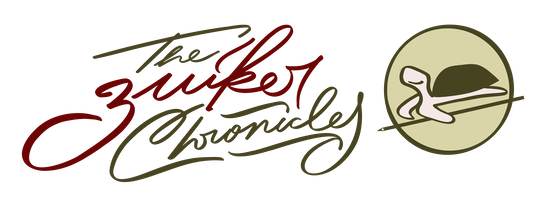Score a conversation
by Anton Zuiker on April 4, 2018
 Today was a busy day of conversations, first a morning check-in with Johnny, our contractor on the house renovation. Later, at work, I met with the chief nursing officer for Duke University Hospital. We talked about the Voices of Duke Health listening booth project. Then, I sat down with a first-year medical student to hear about his experiences listening to a cancer patient talk about sports, politics, travel, music, bbq, and his illness. These conversations between student and patient are part of a student-created initiative called Duke Navigators Program, to help them navigate difficult conversations, especially around palliative care and end of life. I’m eager to learn more about this initiative and how we might feature the voices of the patients and their student partners.
Today was a busy day of conversations, first a morning check-in with Johnny, our contractor on the house renovation. Later, at work, I met with the chief nursing officer for Duke University Hospital. We talked about the Voices of Duke Health listening booth project. Then, I sat down with a first-year medical student to hear about his experiences listening to a cancer patient talk about sports, politics, travel, music, bbq, and his illness. These conversations between student and patient are part of a student-created initiative called Duke Navigators Program, to help them navigate difficult conversations, especially around palliative care and end of life. I’m eager to learn more about this initiative and how we might feature the voices of the patients and their student partners.
I left work, got caught in traffic, listened to a recap of Champions League soccer scores, parked and walked in a few minutes late to my haircut, only to be told my appointment had been 30 minutes earlier and the chair was filled for the rest of the day.
No matter. I walked up the street to the bookstore to buy five more copies of What Patients Say, What Doctors Hear, a book I’ve been giving to medical students, doctors, and others who are interested in the Voices project, and narrative medicine. On the newly arrived table, I saw The Language of the Game: How to Understand Soccer, the new book by Duke professor Laurent Dubois, who teaches a course called Soccer Politics. (See this in-depth DukeStories page.) I bought that book, and a new novel by another North Carolina writer; that book will be a birthday gift for Erin later this month.
I’ve been thinking about a book that someone once gave me.
Yesterday, I was in a meeting of a dozen doctors, professors, ethicists, and proponents of drama and puppetry and storytelling and medical improv, all of us hashing out the details of an exciting new program geared to Duke pre-med students. It all made me think back to my job as editor of Northern Ohio Live, an arts and culture magazine in Cleveland. One summer day, a man and woman stopped into the dusty old mansion that was the magazine’s offices. I was called down from my desk in the attic.
“Sure, I’ll spend a few minutes listening to you talk about your book,” I told them.
We sat in the conference room, and Dr. Adams told me about his work as a physician, and about his book and a health institute of the same name: Gesundheit!, dedicated to “bringing good health to you, the medical system, and society through physician service, complementary therapies, humor, and joy.”
Dr. Adams was Patch Adams, a few months before his name would be seen on the big screen in a movie adaptation of his life starring Robin Williams, the master of improvisational humor.
Somewhere, up in the attic of this temporary townhouse, in the boxes of books waiting to be unpacked an put on the new built-in bookshelf at the house, is a copy of Gesundheit!, inscribed by Adams and testament to what good medicine it is to sit and engage in conversation.
Next post: First Friday audio message
Previous post: What pens are theseGo to HOME

